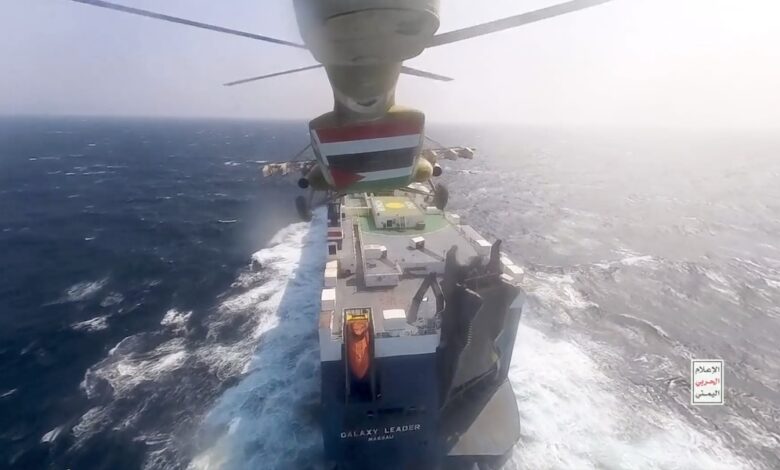Houthis fire their greatest barrage of weapons to date in the ongoing Red Sea shipping crisis

The Houthis launched their largest attack so far yesterday evening.
According to the US military the “complex attack” consisted of 18 attack drones, two anti-ship cruise missiles, and one anti-ship ballistic missile. They were all shot down through efforts of F/A-18 aircraft from the US aircraft carrier Dwight D. Eisenhower, three US destroyers and one British destroyer. According to US Central Command there were no reports of damage or injuries.
The dramatically altered world seaborne trading map in the months since the Houthis in Yemen started attacking ships shows many vessels visiting the Cape of Good Hope for the first time.
The weekly average of such first-time visits during 2023 was four, according to data from Israeli firm Windward. In the last week of December 2023, there was a 450% increase in container vessels, and a 100% increase in tankers visiting the Cape of Good Hope for the first time during their operational lifetimes.
The increasing traffic around South Africa has also seen bunker prices spike and concern has been raised about suitable quantities of fuel being made available for the armada of rerouted ships.
Rerouting vessels via the Cape of Good Hope clearly takes longer and consumes more fuel per unit of commodity transported than via the Suez Canal, but the costs associated with environmental regulations illustrate the perverse incentives in play, according to an investigation carried out by UK consultancy Maritime Strategies International (MSI).
Not only are fuel costs and emissions higher for a Cape voyage, but there is an additional cost associated with the newly introduced emissions trading scheme from the European Union (EU ETS). A ship leaving Colombo in Sri Lanka for Barcelona would be liable for almost twice the amount of carbon credits if transiting via the Cape rather than via the Suez Canal, corresponding to an additional EUR75,000 ($82,000) cost for a 15,000 teu containership, according to MSI.
Perversely, routing via the Cape is better for a vessel’s Annual Efficiency Rating (AER) and Carbon Intensity Index (CII) rating since the ratio of time at sea to time in port is higher. In an example for comparable containerships of 15,000 teu operating on the Asia-Europe loop, the AER of the ship routing via the Cape would be 5.0g CO2/dwt.NM but via the Suez Canal 6.6g CO2/dwt.NM.
